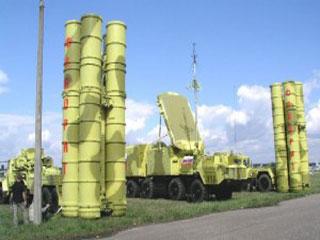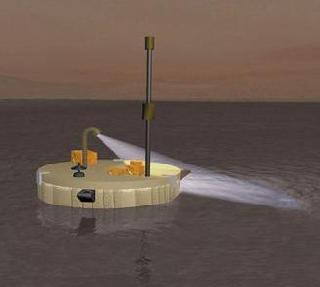
WASHINGTON (PTI): Scientists claim to have finally found an answer to why some alien planets travel in the opposite direction of their parent star's spin – it's because of the interference of another giant world farther away.
Astronomers have so far discovered hundreds of weird planets called hot Jupiters – giant gas planets that circle extremely close to their stars – a quarter of which seem to be these strange backward-travelling worlds.
Now, scientists found that these backward planets can arise when another giant world farther away from the parent star interferes.
The gravitational tug from the planetary sibling can perturb the orbit of the first planet so much that the orbit flips over entirely, resulting in the backward-travelling world, the researchers said.
A flipped planet is unexpected based on scientists’ understanding of how planets form. The basic idea is that a cloud of matter collapses and condenses into a star, which will be surrounded by a large, flat disk of residual gas from which planets originate.
“Because all of this comes from the same initial swirling cloud of gas, very naturally the picture is one in which the star is spinning, and everything around it is spinning in the same direction,” astrophysicist Frederic Rasio of Northwestern University in Chicago was quoted as saying by LiveScience.
The researchers believe that flipped hot Jupiter planets start out in normal orbits that are slowly distorted into strange ones.
That means the giant planets form farther away from their stars, just like Jupiter in our own solar system, and then somehow get kicked in closer.
“There aren't many things that can change the orbit of a big planet like that so drastically,” Rasio said. “The candidates are pretty obvious, and the one we looked at is to simply have another big planet in the system farther out.”
For their study, published in the journal Nature, the researchers used computer models to calculate what would happen to the orbits in a planetary system with two large gas giant planets on its outskirts.
“Through a sequence of steps that are well understood and happen naturally, we end up with exactly the kinds of things we are seeing,” Rasio said.
When the two planets interact gravitationally, the orbit of the inner of the two gas giants slowly becomes elongated, almost to a needle-shaped path.
Then, when the planet reaches the point in its orbit where it swings very close to the star, the star and the planet begin to interact tidally, the researchers found.
 Previous Article
Previous Article Next Article
Next Article












The Indian Air Force, in its flight trials evaluation report submitted before the Defence Ministry l..
view articleAn insight into the Medium Multi-Role Combat Aircraft competition...
view articleSky enthusiasts can now spot the International Space Station (ISS) commanded by Indian-American astr..
view article